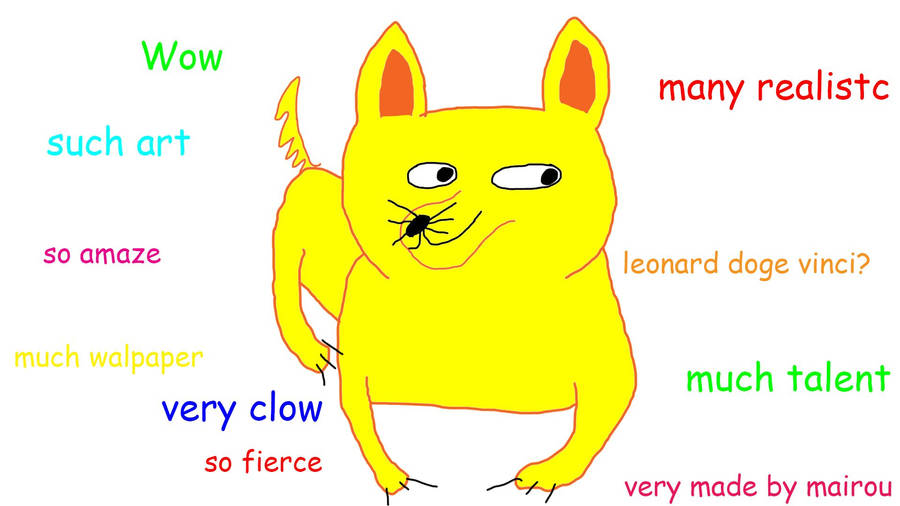
Almost every day, I'll sit down with students who appear to need some help only to encounter a shrug, a vague expression, or the expression that they don't know what to do or understand why they need to do this in the first place. The easy thing would surely be to lay blame on these students and tell myself that I tried and quickly move on to someone more interested. More often than not, though, I have to remind myself that there must be some reason for this detachment and I need to figure that out. Easier said than done.
I came across an article on Edutopia that addresses four strategies for improving student motivation. I don't wish to simply repeat everything from the summary, but I do have a few quick thoughts:
1. Providing students with freedom of choice (organizational, procedural, and cognitive.
I think most people would agree that having some kind of input is a good thing. It reinforces the belief that you are an active participant in the classroom and not simply a passive observer. Knowing that your perspectives will be heard and considered can go a long way towards convincing someone that they belong. I appreciated the distinction provided between different kinds of choice. Organizational choice, for instance, focuses on structure for things like seating plans, group makeup, and classroom rules. Procedural choice would mean that students can have a greater say in approaching how they're handling course work and even the very form that some of this work takes.
Cognitive choice, though, requires a greater investment on the part of the learning community. With this third level of choice, learning becomes very student-driven with a particular emphasis on forming their own assessments, sharing what they have learned along with how they discovered their answer, and a focus on PBL (project-based learning).
2. Giving critical feedback to build competence instead of simple praise.
I agree with the idea that sometimes we are too quick to give praise. A quick "nice try" and the everyone-gets-a-medal movement haven't done much to add to a willingness to look more deeply at what we are doing and how we can make improvements.
I was intrigued by the strategy of "plussing" where instead of only critiquing and pointing out where mistakes were made, positive suggestions are also offered. Pixar uses this strategy which is based on improvisation: accepting all offers on the table and making sure that you are making your partner/team look good. It can be really easy as a teacher to notice mistakes and I can see where this can be a more than a little disheartening, especially if you are already struggling with something. I like the idea of asking students "What if..." as a way to get them more involved and see where they can add to what has already been done.
3. Building high quality relationships with students.
This is pretty straightforward: I can't really expect students to buy in to what I offer as a teacher if I'm not willing to buy-in to them. The need to be friendly and provide encouragement, taking an interest in what matters to students, and remaining positive in spite of frustrations will help to convince kids that they want to be in the classroom.
I love hearing when my students say they enjoy being in my classroom. Any teacher would love to hear that. It also crushes me when I hear the opposite and end up feeling like I've dropped the ball somewhere. I won't lie and say that there have been some students who have not been challenging. No teacher (at least not one that I've seen) can reach absolutely everyone. Seeing students for who they are, though, will go a long way to at least helping as many kids as possible.
4. Making efforts to address relevance of new learning.
Self-reflection is probably one of the things that I've struggled with the most. I regularly think about how my day went on the drive home or when I talk with my colleagues. This isn't to be boastful or to brag about how amazing I am as an educator. However, I don't always give my students to chance to think for themselves about the potential significance of their own learning. "Why do we have to do this?" is so often asked and the answer I usually give is that it's in the curriculum. I need to step up my efforts in this area.
Having students generate their own connections through personal reflection and discussion brings their own perspective into the mix in a way that I don't always appreciate.
 |
| Principal Skinner is never wrong. |
Now, this is all well and good but the question that remains for me if dealing with student apathy and the occasional instance when kids just don't care.
Some suggest that we teachers need to continue to hold all students to high standards. Others suggest that we need to praise mistakes, build on existing strengths, and challenge the so-called 'failure mentality.' There are number of other options that emphasize giving a choice of assignments, and incorporating student interests into assessments.
Either way you look at it, the battle continues.
Latest Song Crush
When we bought our new minivan a few months ago, we were given a year of free satellite radio. My two favorite stations have been those allowing me to relive the 80s and the 90s. I came across this gem a little while ago and it has successfully lodged itself into my brain. I certainly wasn't the biggest fan of Duran Duran as a kid, but I find it interesting just how much I gravitate to these little reminders of a time not so long ago.
Latest Song Crush
When we bought our new minivan a few months ago, we were given a year of free satellite radio. My two favorite stations have been those allowing me to relive the 80s and the 90s. I came across this gem a little while ago and it has successfully lodged itself into my brain. I certainly wasn't the biggest fan of Duran Duran as a kid, but I find it interesting just how much I gravitate to these little reminders of a time not so long ago.
~Mr.T






